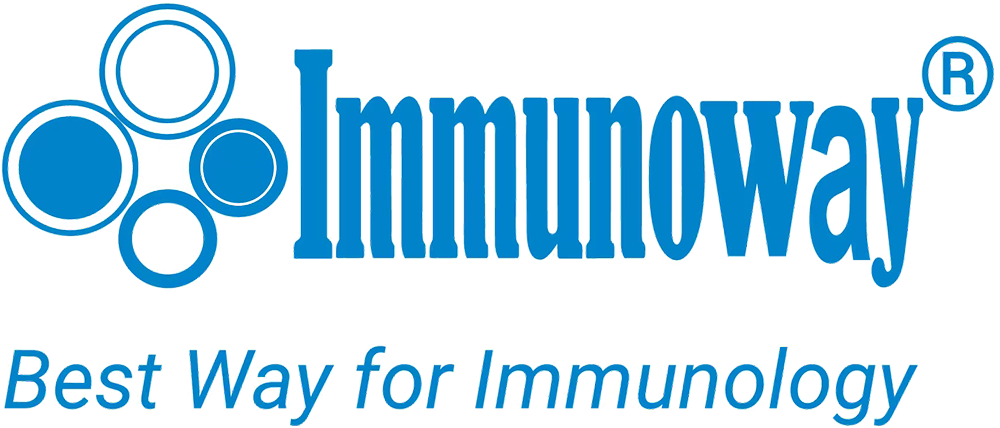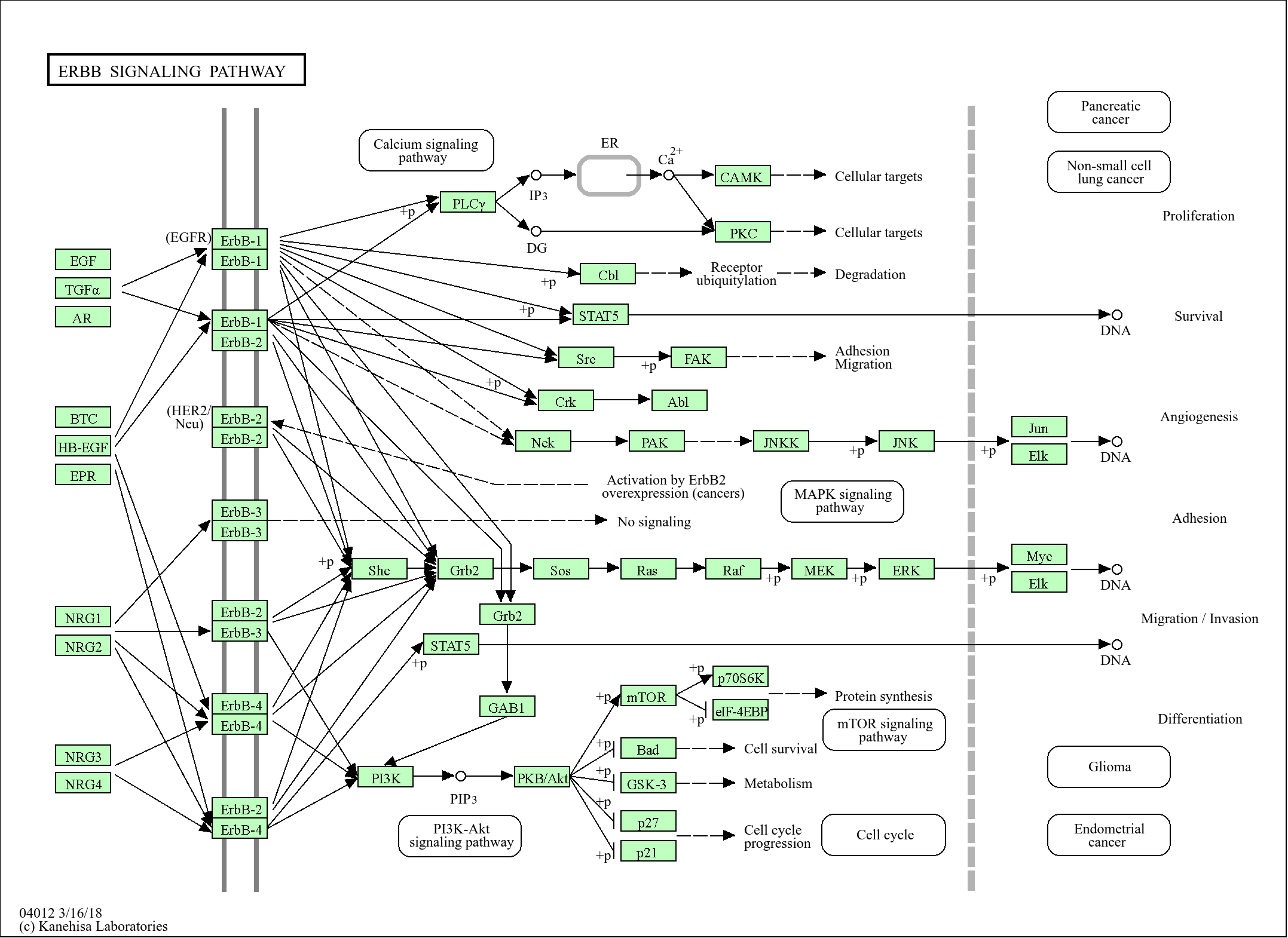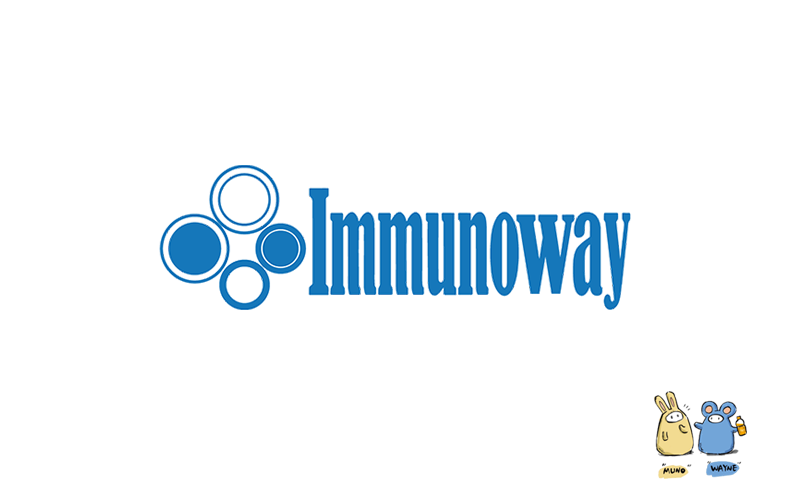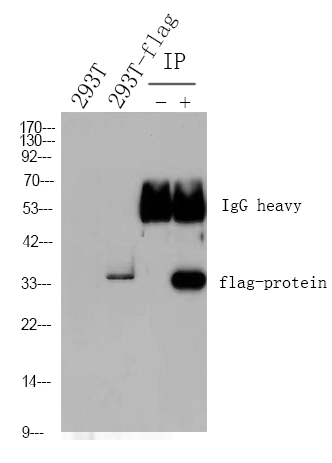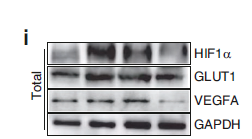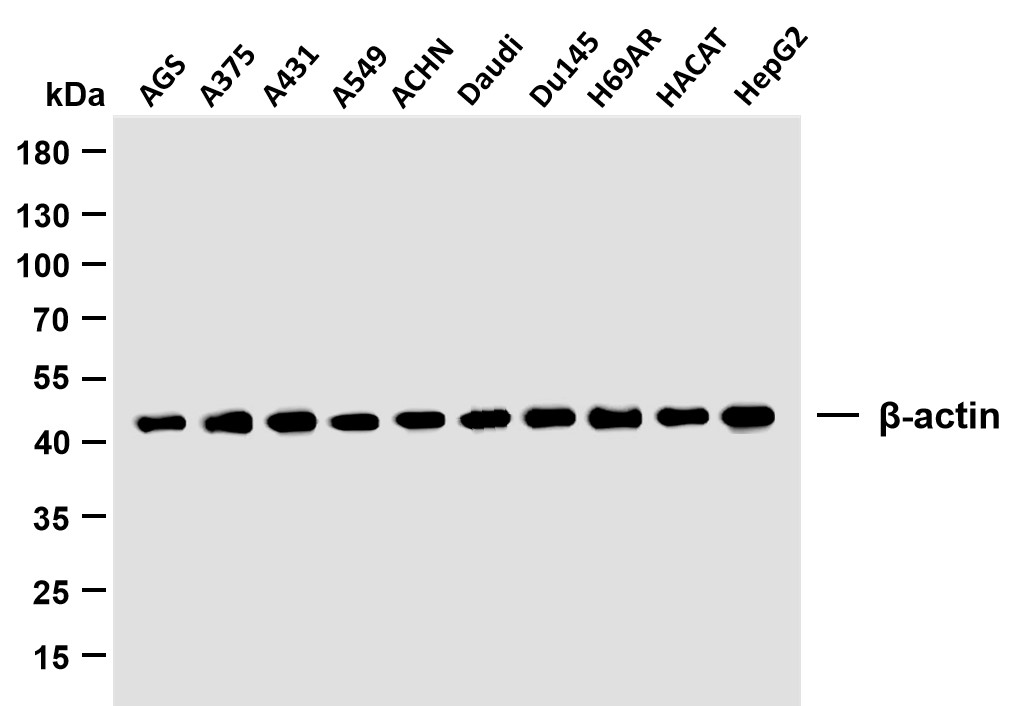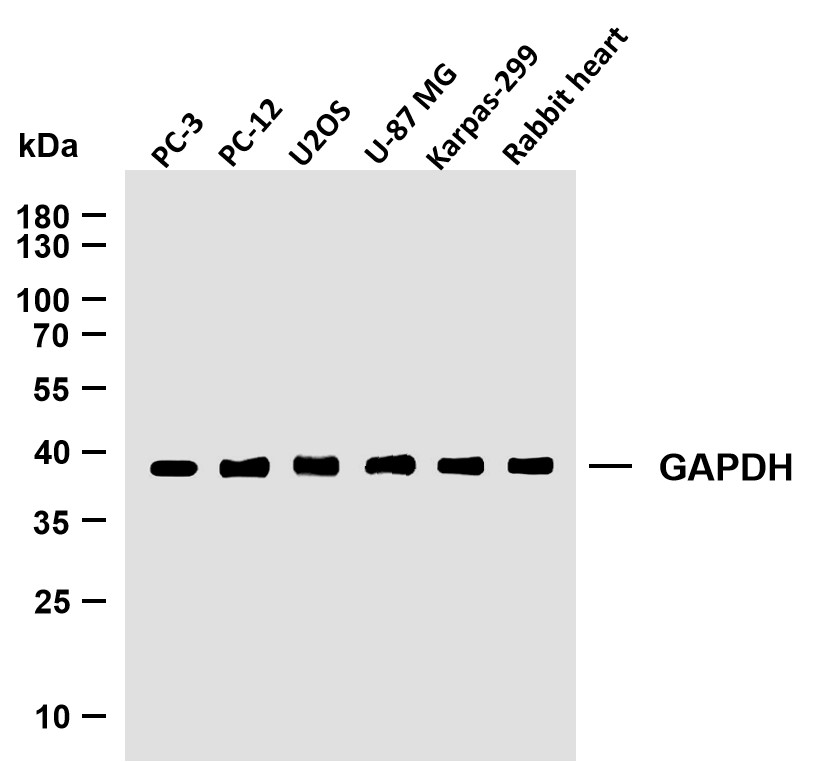
Catalog: YN0970
Size
Price
Status
Qty.
200μL
$450.00
In stock
0
100μL
$280.00
In stock
0
40μL
$150.00
In stock
0
Add to cart


Collected


Collect
Main Information
Target
ACHA4
Host Species
Rabbit
Reactivity
Human, Mouse, Rat
Applications
WB, ELISA
MW
68kD (Observed)
Conjugate/Modification
Unmodified
Detailed Information
Recommended Dilution Ratio
WB 1:500-2000; ELISA 1:5000-20000
Formulation
Liquid in PBS containing 50% glycerol,0.5% BSA and 0.02% sodium azide.
Specificity
ACHA4 Polyclonal Antibody detects endogenous levels of protein.
Purification
The antibody was affinity-purified from rabbit antiserum by affinity-chromatography using epitope-specific immunogen.
Storage
-15°C to -25°C/1 year(Do not lower than -25°C)
Concentration
1 mg/ml
MW(Observed)
68kD
Modification
Unmodified
Clonality
Polyclonal
Isotype
IgG
Related Products
Antigen&Target Information
Immunogen:
Synthesized peptide derived from human protein . at AA range: 300-380
show all
Specificity:
ACHA4 Polyclonal Antibody detects endogenous levels of protein.
show all
Gene Name:
CHRNA4 NACRA4
show all
Protein Name:
Neuronal acetylcholine receptor subunit alpha-4
show all
Background:
This gene encodes a nicotinic acetylcholine receptor, which belongs to a superfamily of ligand-gated ion channels that play a role in fast signal transmission at synapses. These pentameric receptors can bind acetylcholine, which causes an extensive change in conformation that leads to the opening of an ion-conducting channel across the plasma membrane. This protein is an integral membrane receptor subunit that can interact with either nAChR beta-2 or nAChR beta-4 to form a functional receptor. Mutations in this gene cause nocturnal frontal lobe epilepsy type 1. Polymorphisms in this gene that provide protection against nicotine addiction have been described. Alternative splicing results in multiple transcript variants. [provided by RefSeq, Feb 2012],
show all
Function:
Disease:Defects in CHRNA4 are the cause of nocturnal frontal lobe epilepsy type 1 (ENFL1) [MIM:600513]; also symbolized ADNFLE. ENFL1 is an autosomal dominant epilepsy characterized by nocturnal seizures with hyperkinetic automatisms and poorly organized stereotyped movements.,Function:After binding acetylcholine, the AChR responds by an extensive change in conformation that affects all subunits and leads to opening of an ion-conducting channel across the plasma membrane.,similarity:Belongs to the ligand-gated ionic channel (TC 1.A.9) family.,subunit:Neuronal AChR is composed of two different types of subunits: alpha and beta. Alpha-4 subunit can be combined to beta-2 or beta-4 to give rise to functional receptors. Interacts with RIC3; which is required for proper folding and assembly.,
show all
Cellular Localization:
Cell junction, synapse, postsynaptic cell membrane; Multi-pass membrane protein. Cell membrane; Multi-pass membrane protein. Cell membrane ; Lipid-anchor .
show all
Tissue Expression:
Research Areas:
>>Neuroactive ligand-receptor interaction ;
>>Cholinergic synapse ;
>>Nicotine addiction ;
>>Chemical carcinogenesis - receptor activation
>>Cholinergic synapse ;
>>Nicotine addiction ;
>>Chemical carcinogenesis - receptor activation
show all
Signaling Pathway
Reference Citation({{totalcount}})
Catalog: YN0970
Size
Price
Status
Qty.
200μL
$450.00
In stock
0
100μL
$280.00
In stock
0
40μL
$150.00
In stock
0
Add to cart


Collected


Collect
Recently Viewed Products
Clear allPRODUCTS
CUSTOMIZED
ABOUT US
Toggle night Mode
{{pinfoXq.title || ''}}
Catalog: {{pinfoXq.catalog || ''}}
Filter:
All
{{item.name}}
{{pinfo.title}}
-{{pinfo.catalog}}
Main Information
Target
{{pinfo.target}}
Reactivity
{{pinfo.react}}
Applications
{{pinfo.applicat}}
Conjugate/Modification
{{pinfo.coupling}}/{{pinfo.modific}}
MW (kDa)
{{pinfo.mwcalc}}
Host Species
{{pinfo.hostspec}}
Isotype
{{pinfo.isotype}}
Product {{index}}/{{pcount}}
Prev
Next
{{pvTitle}}
Scroll wheel zooms the picture
{{pvDescr}}
